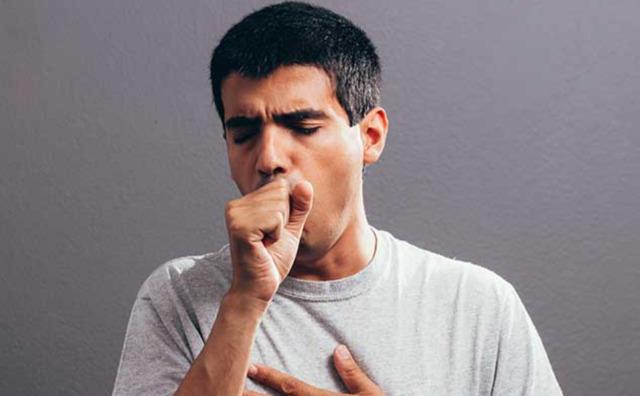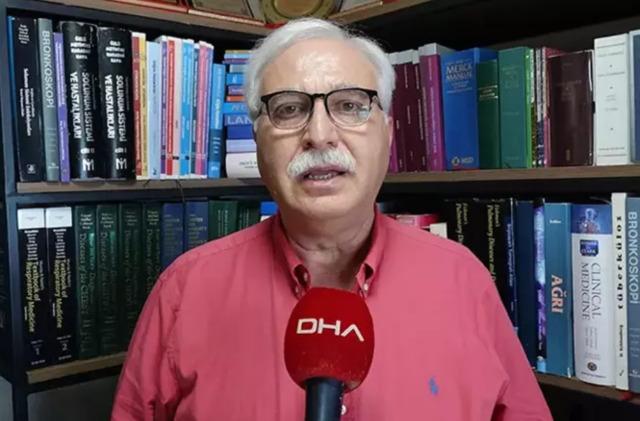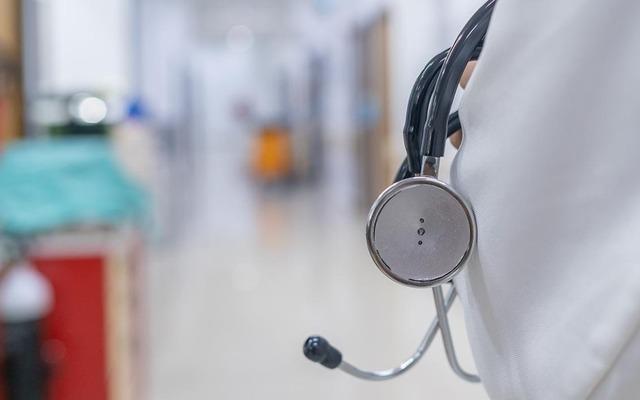Member of the Ministry of Health Coronavirus Scientific Committee, Chest Diseases Specialist Prof. Dr. Tevfik Özlü, gave warnings and recommendations regarding ‘bronchiectasis’, a chronic lung disease in which the walls of the respiratory tract (bronchi) carrying air to the lungs expand and become permanently thickened due to inflammation and infection.
Özlü, who drew attention to the fact that the symptoms of ‘bronchiectasis’ are confused with many diseases, said, “Bronchiectasis is actually a very interesting disease. Because bronchiectasis patients cannot be diagnosed for many years. These patients are monitored with different diagnoses. They receive different treatments and the diagnosis is delayed. Because the symptoms of this disease can be confused with many diseases, other lung diseases. They are treated as asthma. They are treated as COPD or they can be treated as lung infections, pneumonia. Bronchiectasis diagnosis can be delayed in the extended process. This of course delays the treatment and approach a little. Patients can both suffer from this and the process can be progressive.”
‘THE CHRONIC COUGH THAT BRONCHIECTASIS PATIENTS COMPLAIN ABOUT’

Defining the disease ‘Bronchiectasis’, Prof. Dr. Özlü said, “Bronchiectasis is actually abnormal, local, permanent expansions in our conducting airways. These expansions disrupt the dynamics of the airways and secretions accumulate there, infections occur there and the patient experiences certain symptoms. The most common complaint of bronchiectasis patients is chronic cough. Coughs that do not end for years, that recur every day, every day. But these coughs have an important difference.

It is a cough that comes with phlegm every time or every time he coughs, he throws up some phlegm. This actually makes the patient fed up with life. Because in social environments; at work, on the bus, on the plane, at work, in the office, at home with other people, the need to cough and throw up phlegm arises. This can also put the patient in a difficult situation. In addition to phlegm, blood can sometimes be seen in the phlegm of these patients. Apart from that, there may be wheezing, a wheezing sound while breathing,” he said.
ATTENTION TO THOSE WHO COUGH AND EXPOSE PHUGHT

Özlü, who emphasized the importance of early diagnosis in the treatment of ‘bronchiectasis’ disease, said, “In advanced cases, shortness of breath, especially when climbing stairs or hills, may accompany. Occasional periods of exacerbation such as fever, weakness, and malaise may occur. If this process continues and progresses, it may also have negative effects on the right heart, heart disease, or kidney functions. Therefore, it is important for these patients to be diagnosed as soon as possible, to be monitored, and to receive treatment. Treatment of the disease can be with medications and medical follow-up in mild forms.

Preventing infections, vaccinations, using some auxiliary drugs or methods to help the patient expectorate can help him/her in this regard, protection from infections, and sometimes breathing aids. It can be very comforting and solve problems. If it does not solve the problem, if it is possible to remove those abnormal expansions with a surgical intervention, if it is not very widespread, this can also be done. The main thing here is to make an early diagnosis. Therefore, if you have complaints of phlegmy cough like this and especially if you cough up the accumulated phlegm that you could not throw up all night after waking up in the morning, 5-10 minutes after waking up, you may also have ‘bronchiectasis’,” he said. (DHA)

